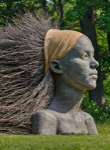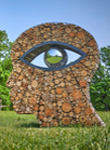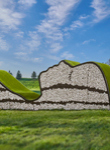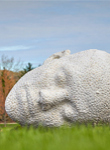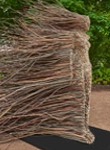The DANADA CHARM™ elm has very good Dutch elm disease (DED) and elm yellows resistance, but is susceptible to elm leaf beetle. Its size makes it ideal for large yards and along streets. Its emerging leaves are glossy red, turning dark green in summer and yellow in fall. This tree is a Chicagoland Grows® selection.
- Family (English) Elm
- Family (botanic) Ulmaceae
- Planting site City parkway, Residential and parks, Restricted sites, Wide median
- Tree or plant type Tree
- Foliage Deciduous (seasonally loses leaves)
- Native locale Non-native
- Size range Large tree (more than 40 feet)
- Mature height 60-70 feet
- Mature width 50-60 feet
- Light exposure Full sun (6 hrs direct light daily)
- Hardiness zones Zone 4, Zone 5 (Northern Illinois)
- Soil preference Moist, well-drained soil
- Tolerances Alkaline soil, clay soil, Dry sites, Wet sites
- Season of interest early spring, early fall, mid fall
- Flower color and fragrance Inconspicuous
- Shape or form Vase-shaped
- Growth rate Fast
- Transplants well Yes
- Planting considerations Weak wood and branch structure
- Wildlife Migrant birds
- Has cultivars NA

